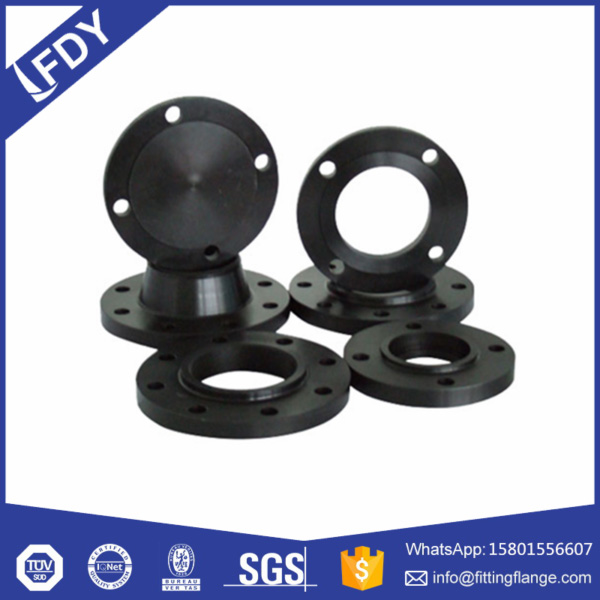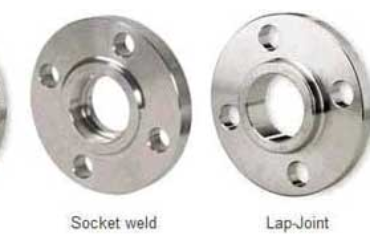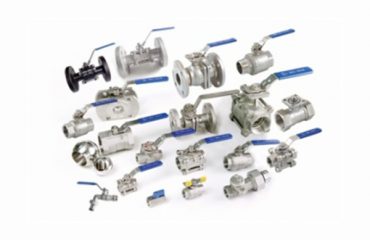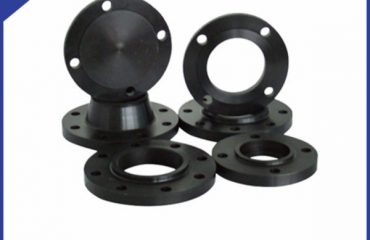
Carbon steel flange is widely used in industrial pipeline connections, and its material specifications cover multiple key aspects.
From the perspective of chemical composition, commonly used materials such as ASTM A105 generally have a maximum carbon content of about 0.35%, manganese content ranging from 0.60% to 1.05%, silicon content of about 0.10% to 0.35%, and phosphorus and sulfur content controlled below 0.035% and 0.040%, respectively. This composition ensures the basic properties of carbon steel. If used in low-temperature environments, ASTM A350 LF2 is a good choice, with a maximum carbon content of about 0.30% and containing small amounts of nickel, chromium, molybdenum and other elements, which improves performance at low temperatures.
In terms of mechanical properties, taking ASTM A105 as an example, the minimum tensile strength is usually 485MPa (70 ksi), the minimum yield strength is 250MPa (36 ksi), and the elongation is not less than 22% in the longitudinal direction and not less than 18% in the transverse direction, demonstrating good toughness and deformation resistance. For materials used in low-temperature conditions, such as ASTM A350 LF2, impact toughness becomes a key indicator, and it is necessary to ensure a certain impact energy at specific low temperatures to prevent brittle fracture.
In terms of size specifications, carbon steel flanges have various nominal diameters, ranging from smaller to larger sizes. The standard specifies the outer diameter, inner diameter, and thickness corresponding to each nominal diameter. There are various types of flange surfaces, such as flat (FF), protruding (RF), and ring connecting surface (RJ). The dimensions and tolerances of each surface type are strictly defined, and the height of protruding surfaces on RF surfaces is generally between 1.6-2.4mm. The number, diameter, and pitch diameter of bolt holes are also precisely specified to ensure smooth installation and connection.
In terms of pressure rating, according to ANSI B16.5 standard, 600 pound grade carbon steel flanges have corresponding allowable pressure ranges at different temperatures. At room temperature, it can withstand high pressure. As the temperature increases, the allowable pressure will decrease accordingly. When using, it is necessary to strictly follow it to ensure the safe and stable operation of the pipeline system.
 Language
Language Espanol
Espanol English
English Italian
Italian عربى
عربى
 Skype: chinamaker99
Skype: chinamaker99  Tel: 86-316-5120812
Tel: 86-316-5120812 Email:
Email:  Whatsapp:
Whatsapp: 

